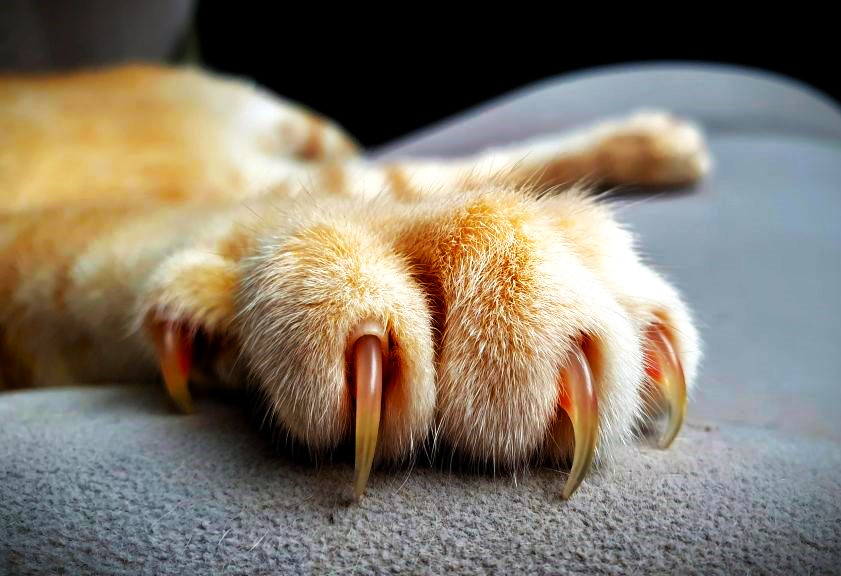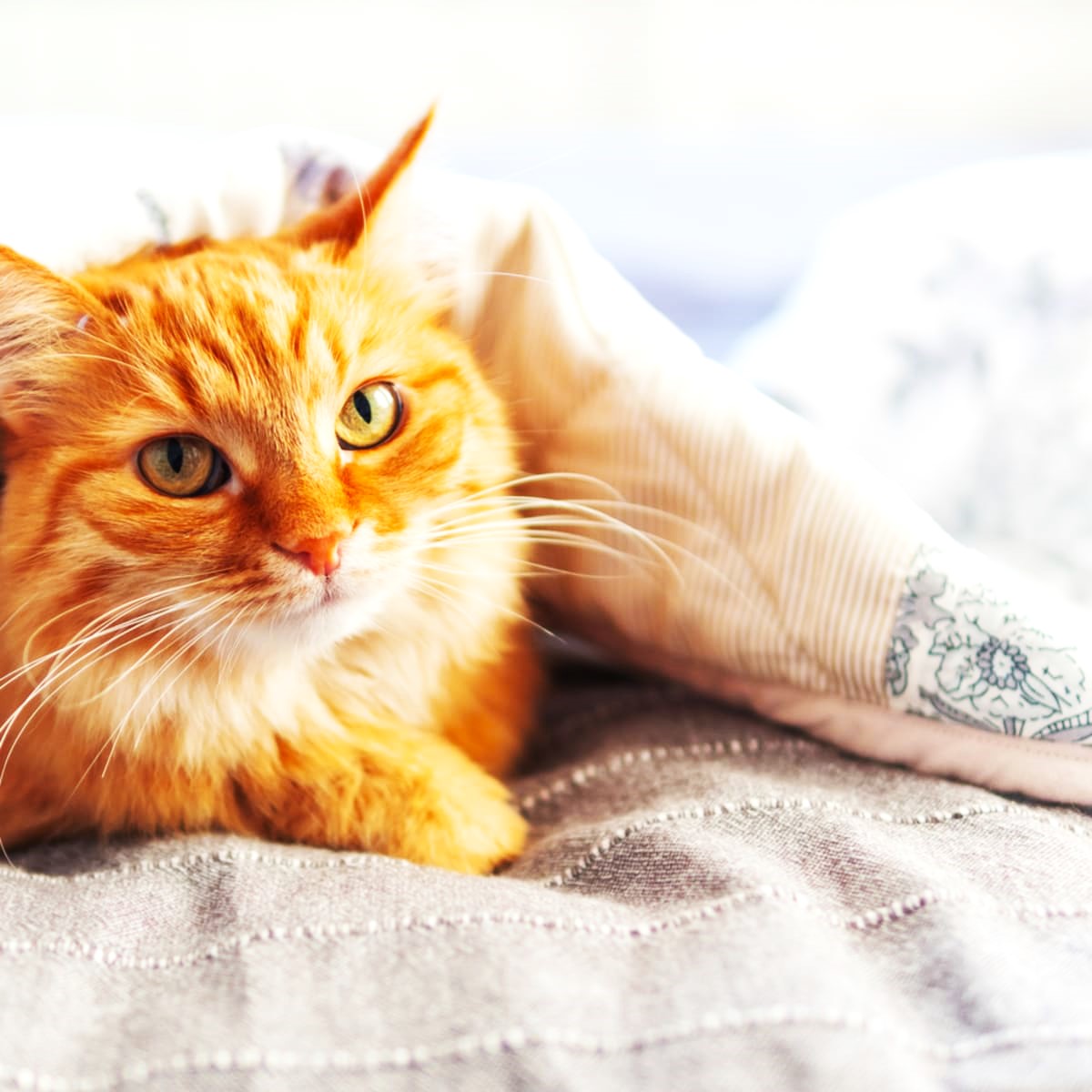In many ways, a kitten’s paws resemble a baby’s hands. Claws are an integral component of a cat’s paw, and as they get bigger, they will become more and more vital tools for survival. Like newborns, if they are not trained, kittens might use those tools destructively. Please teach your cat to be mindful of its claws. It will become increasingly evident to you as you gain knowledge about the various purposes of cats’ claws and how crucial they are to their daily activities why declawing cats is no longer regarded as a humane procedure. Rather, think about the training methods you must employ as well as the appropriate equipment and toys that will enable you to coexist peacefully with your cat and its claws.
Cats’ Claws: A Wide Range of Uses
Cat claws are adaptable, multifunctional instruments. Every day, cats use their retractable claws for climbing, scratching, pouncing, turning, balancing, and defense against potential threats from humans, dogs, other cats, and predators. Cats don’t intentionally scratch furniture. Their routine self-maintenance regimen includes scratching to keep their claws healthy and sharp.
Cats actually remove and dislodge a transparent sheath that grows over their claws when they scratch. Occasionally, these sheaths might be buried under your carpet. The muscles in your cat’s shoulders and back are also stretched and toned by scratching. Your cat is doing what comes naturally to them—using the closest tool available—so yelling at it or getting upset with it will only cause confusion. Regretfully, this might be your beloved Louis XIV chair that Aunt Blanche gave you.
Regularity and Repetition
Thankfully, there are accommodations that provide a win-win solution for both you and your feline companion. Positive reinforcement is the most effective way to get your cat to cooperate, no matter what solutions you decide to use. In this type of training, you give your cat treats when it performs the desired behavior. You can reroute your cat to a suitable alternative and then reward it if it is engaging in undesired behavior, such as scratching the furniture. Repetition and consistency are essential components of any retraining program.
Good Suggestions to Think About
- Invest in or construct a scratching post for your cat. It should be at least this height for a full vertical scratch, strong enough to support your cat’s weight on it, and covered in a nice rough material such as sisal. Engage in some playful playtime with your feline next to the post, and add some catnip to enhance its appeal. Act like a cat and claw the post with your own claws; You never know, maybe cat will join you. Place scratching posts close to your cat’s sleeping area and near doorways and windows leading into rooms and the house, or any other areas where they are likely to scratch. It might take some experimenting to determine your cat’s preferred style—some cats like to scratch on vertical surfaces, while others prefer horizontal ones.
- Trim Tiger’s claws: Although cutting your cat’s nails won’t stop it from scuffing up furniture, it will make the tips less pointy, which will make your cat’s nails a little less destructive. This is a crucial component of any cat’s regular grooming regimen and ought to be carried out on a regular basis. If their nails are not regularly trimmed, some cats may experience excruciating ingrown nails that cause harm to their paw pads. You can learn how to do this on your own; most veterinary offices will do routine trims for a nominal fee, but your veterinarian will probably be happy to demonstrate for you.
- Use nail caps made of soft plastic, like Soft Claws: When it comes to style and functionality, Soft Claws—also marketed as “Soft Paws”—are the epitome. There are four sizes available for these plastic nail caps, and once you and your cat get the hang of it, applying them is not too difficult. These are available in fashion colors in addition to “natural” colors. These caps, which are glued over the nails to create a more dull tip, can be purchased from your veterinarian or the larger pet supply stores. Depending on the cat, they can last anywhere from a few weeks to a few months. Veterinary professionals may use these for your convenience, as it can be difficult to get the hang of things right away.
Reward Excellent Conduct
When your cat uses its scratching post and cooperates with claw trimming or applying Soft Claw, show it lots of love and appreciation by giving it one of its favorite treats. Your cat’s inquisitive little mind will quickly connect these activities with cuddles and delicious treats.
Encourage Unwanted Conduct
When training cats, it is not advisable to use punishment since this frequently makes cats fear you and does not always put an end to the unwanted behavior. They might just pick up the habit of not doing it in front of you and sneaking off to scratch when you’re not looking. If there are specific pieces of furniture that you need to keep safe, you can use deterrents to make those areas less desirable for your cat to scratch:
- Since cats tend to stay away from things with citrus scents, you may want to try using a non-toxic citrus spray close to the areas you want to keep safe.
- Cover the arms of the sofa and other areas you wish to keep protected with a few sheets of aluminum foil. Because they don’t like the feel or sound of the foil, cats will typically avoid the area. Try covering their preferred scratching surface with wide double-sided tape. Cats will avoid the area because they don’t like the sticky feeling. Sticky Paws are a product that is sold in stores.
- Take into account a commercial cat deterrent. These devices can be used when you’re not home because they typically combine an electric eye or motion sensor with a loud sound and burst of air.
In every situation, if you see your cat scratching something that is not allowed, take it to a suitable scratching post and give it a treat when it gets there. Getting your cat to alter their behavior may take some time, but it will be worthwhile when your furniture is secure and your cat is contentedly scratching on its new post.




